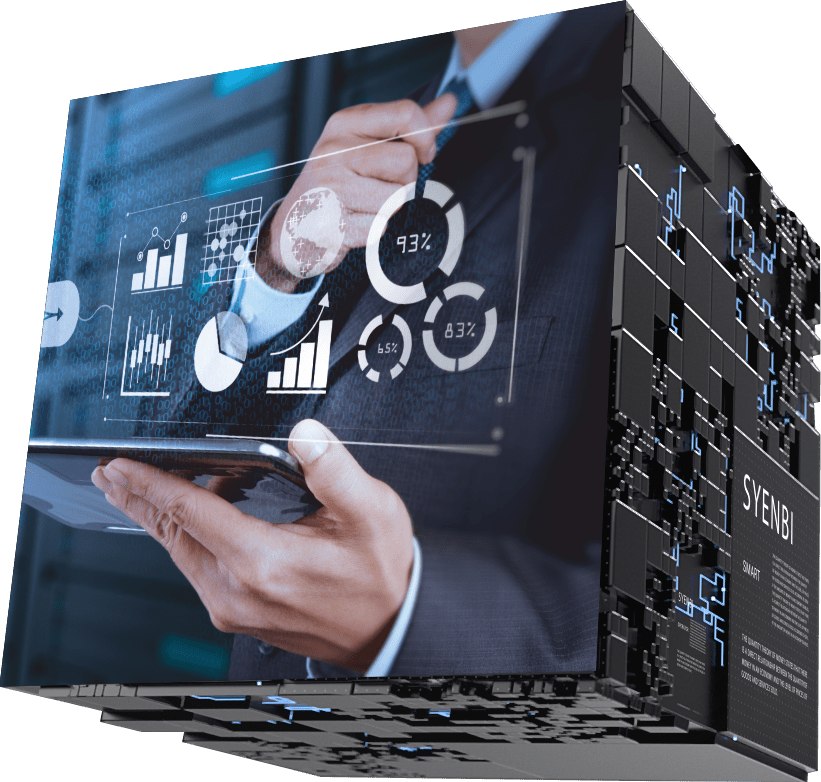Why are invoice costs rising in 2021?

FINANCIAL BURDEN 2020 vs. 2021
The pandemic has had a negative impact on the entire global economy. Not only small businesses have suffered, but also large enterprises and corporations. We are all wondering how our current financial burdens will affect the further increase in the costs of services and production.
Why are costs still rising?
March 2021 marked a year since the introduction of wide-ranging restrictions related to the SARS-Cov-2 virus pandemic. As a facility manager, you are certainly receiving questions from your clients from various industries regarding budget plans for the next year. Having contact with service providers, clients know that labor rates and material costs have increased significantly over the past year. And this is where our management system comes in handy, helping you to track exactly how this data has changed over a given period of time.
The system allows you to analyze any number of orders in selected industries (service categories), e.g. plumbing, electrical services, general repairs and others. The number and division of industries depends solely on the software configuration and your needs.
Based on the analysis of over 2 million orders in 4 industries, we have noticed an increase in costs in each order compared to the previous year.
In the example provided, after a detailed analysis of data from all completed orders, we summarize cost trends by industry:
the cost of water installation increased by 12% in 2021, from 2020, mainly due to increased on-site work time,
the cost of general repairs increased by 11%, influenced by lumber costs and time on site,
the cost of electricity consumption increased by 4%, driven by material prices and work time,
the cost of kitchen equipment increased by 12%, driven by material costs and labor rate.
From the data analysis, you can easily calculate that total material costs increased by a specific volume in Q1 of this year, compared to 2020, regardless of the type of industry.
From the interpretation of the resources you have, you will conclude that labor costs have also increased, even though labor-hour rates have remained unchanged or even decreased.
CONCLUSIONS
a. expected shortage of technicians. Businesses such as catering and hotels will expand their operations again – probably this year. This will increase the demand for services, which will translate into a greater demand for technicians. As a result, their supply on the market will increase, which will extend the time it takes to complete the services,
b. the costs of services will increase, due to the longer time to complete them. This is due to, among other things, more complex repair work, resulting from, among other things, postponed scheduled maintenance in 2020.
We looked for support for our analyses on the market for local suppliers of technical services. Their observations are identical to our conclusions. Disrupted supply chains around the world have led to significant increases in the costs of manufacturing materials in all sectors of industry. In the case of water and sewage services, we are talking about significant increases in the plastics industry, and in the case of electrical services, about increases in the metal industry (e.g. copper used on a large scale in electronic devices and materials).
The technical services industry is concerned that it will not be able to respond quickly enough to the falling demand for technicians, as some of them have decided to retire due to the pandemic and reduced number of orders.

Budget prospects for 2021.
The current, slow return to normality suggests that in the near future, material prices will continue to rise based on the price of futures contracts. As demand for facility management services grows, work rates will likely also increase.
The analysis and presentation of its results did not surprise our client as much as the scale of the increase. He had expected an increase, but the data presented indicating an increase in costs by over 10% is a big change. Such an accurate annual growth rate has a huge impact on shaping the future budget, because it allows for making precise plans when budgeting the next fiscal year. A manager using an advanced property management system will be perfectly prepared to talk to clients about the budget, because the detailed data he has will justify his expectations in terms of renegotiating contract terms and service costs.
Advanced SYENBI systems are the future of management. They generate precisely defined statistics, allowing you to avoid using unjustified and assumed values. Using reliable analyses of historical data (cost, time), you will define detailed budgets for the industries you serve, thus ensuring the achievement of your strategic goals.
Undoubtedly, the best way to reduce costs is to establish cooperation with new and cheaper service providers. However, prevailing trends in trade do not always guarantee that the implementation of this strategy will bring the expected effect. Sometimes it becomes impossible to avoid cost increases, especially if they are caused by increases in materials and labor hours on a global scale. However, you can minimize the negative impact of cost fluctuations by ensuring an extensive network of reliable suppliers.

